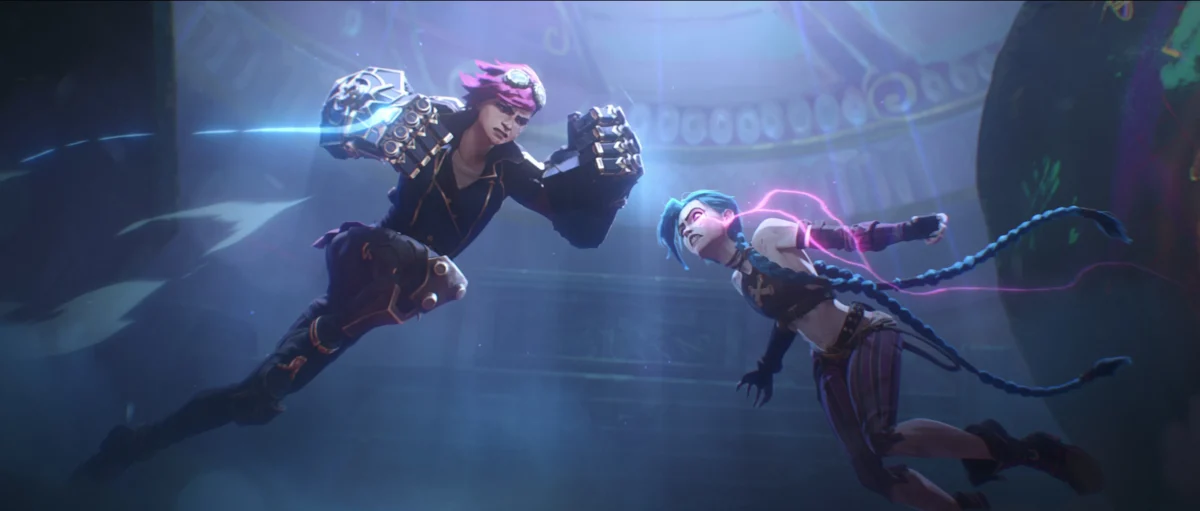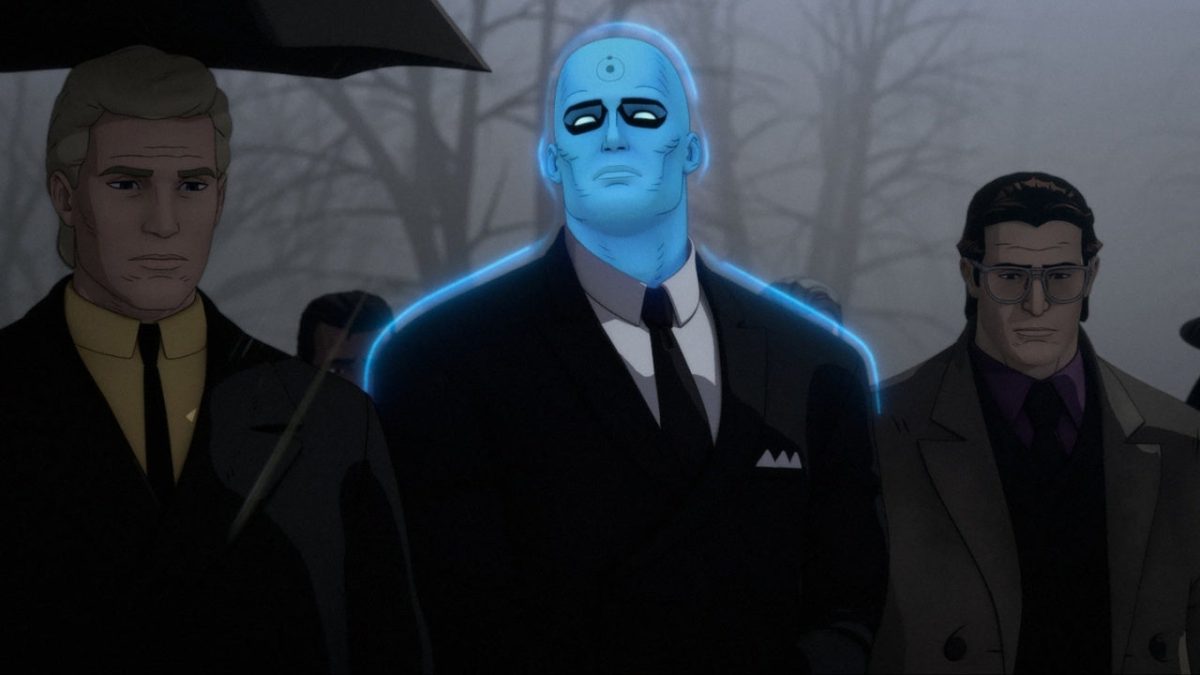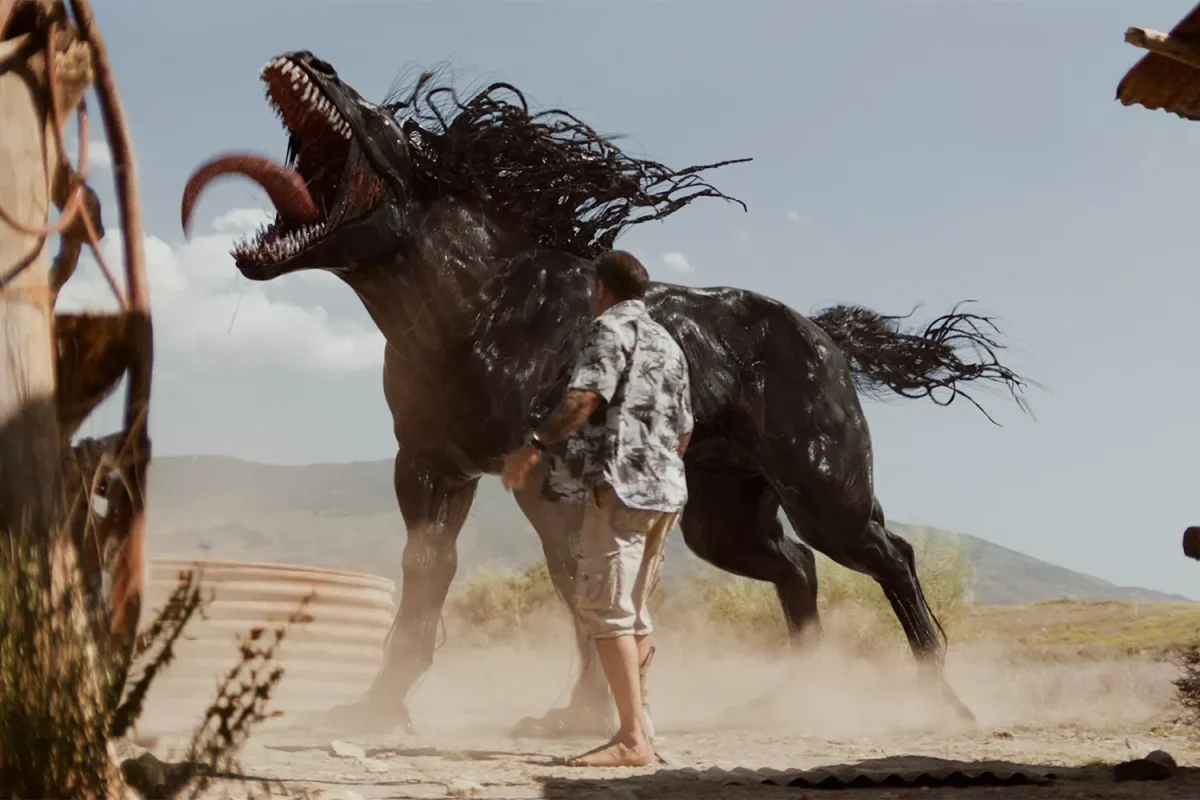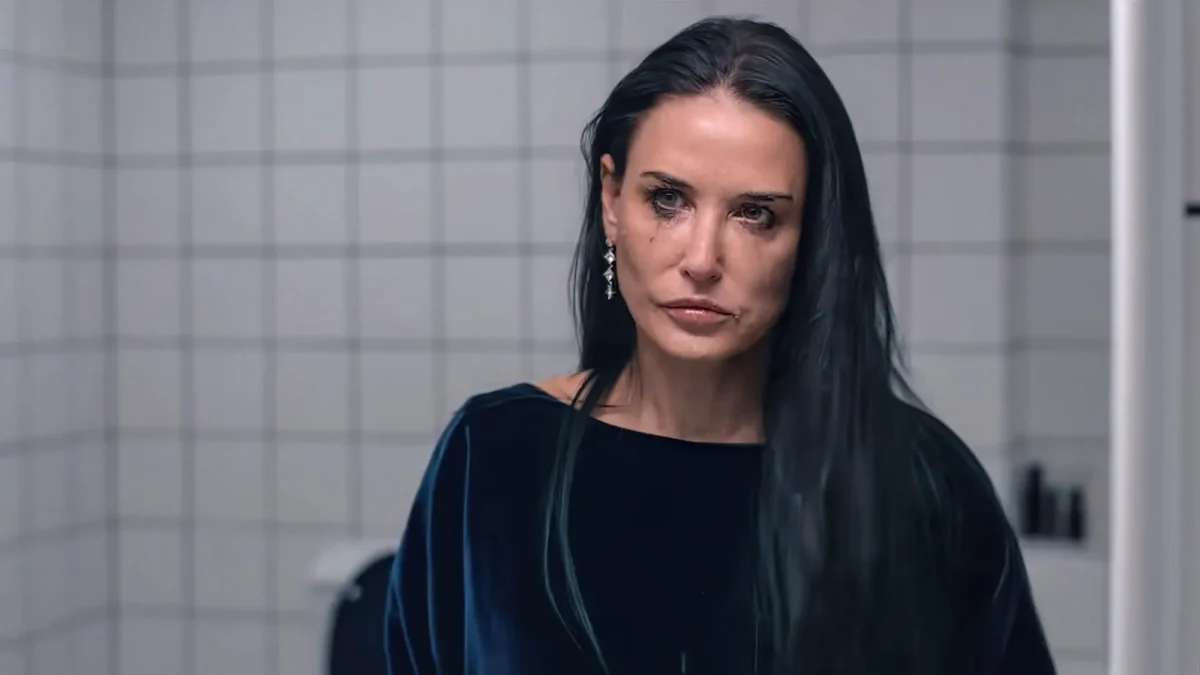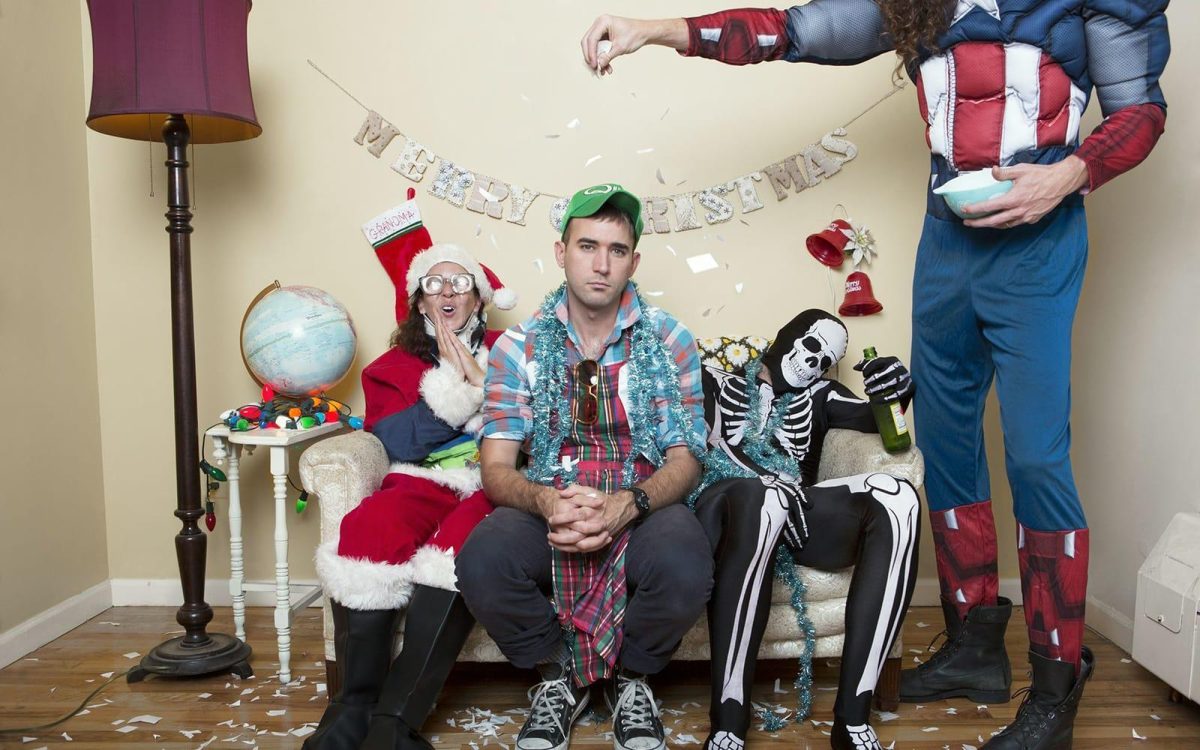The trailer for a film by George A. Romero, pioneering independent horror director, was released this week, and barely anyone noticed.
Survival of the Dead, a follow-up to Romero’s previous, similarly dismissed zombie flick Diary of the Dead from 2008, tells the story of a side character from the first film who finds himself on an island where the undead are kept by loved ones hoping for a cure. Though no one has seen the film yet and cannot comment on its quality, the general ho-hum reaction to his recent filmography doesn’t bode well.
This is especially surprising considering Romero could arguably be credited with the creation or, at the very least, the refinement of the zombie film and its themes. One only has to look at the final third of Danny Boyle’s 28 Days Later-essentially a reworking of Romero’s 1985 film Day of the Dead-to realize just how far his influence reaches. Edgar Wright’s Shaun of the Dead couldn’t exist at all without Romero since the themes and elements being simultaneously mocked and honored in that film came from the twisted mind of the man himself.
In 1968, when Romero self-released a cheap little horror flick called Night of the Living Dead, America hadn’t really seen anything like it. The black-and-white was grainy and disorienting. The story was bleak and made no concessions toward a happy conclusion. It presented a mother being killed by her little girl. This is still pretty disturbing stuff, but back then it was just short of mind blowing.
In addition to essentially giving birth to a genre, Romero was one of the most culturally relevant filmmakers during his heyday. In Night of the Living Dead, released as the civil rights movement was in full swing, he infamously cast Duane Jones, an African American actor, as the lead hero of the film. Romero has stated in interviews that his casting of Jones was not an attempt to create a metaphor for civil rights, but that kind of color blind casting was unique in its day.
Similarly, the follow up Dawn of the Dead, released as the ’70s were coming to a close, satirized the growing consumerism of American culture by setting the events of the film in a shopping mall. As the nation was becoming more and more caught up in that consumerism and the “greed is good” mentality that would come to typify the decade to come, the film was, in hindsight, quite prescient.
Romero had a series of genre films interspersed throughout his career, including Knightriders, the story of modern-day motorcycle jousters living according to Arthurian ideal, starring a young Ed Harris and the Stephen King scripted anthology film Creepshow, but none seem to have entered the cultural lexicon quite as strongly as first three zombie films, the last of which-Day of the Dead-was released in 1985.
In 2005, Romero returned to the genre that made him a cult figure with Land of the Dead, a movie with name actors like Dennis Hopper and a much higher budget. Unfortunately, the charm of his smaller films was lost in translation. Never the most polished director, the fun in Romero’s earlier works is in the chaos, from the blood, sweat and tears one can see in those little independent horror flicks. In Land, it looks like he’s just going through the motions.
So, as the country anticipates (or doesn’t) Survival of the Dead, maybe it’s time to revisit George A. Romero’s original zombie trilogy.
He’s never quite managed to recapture their scrappy magic, but, without them, the horror film landscape might look entirely different.
24 Frames per Second is a bimonthly column written by Will Holston on the craft of film.



